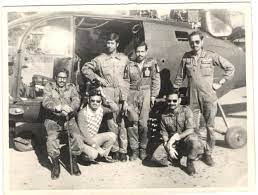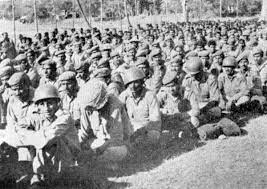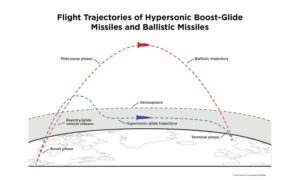Link : https://fb.watch/9fxX7_M1QD/
Suggestions and value additions are most welcome
For regular updates, please register here
Link : https://fb.watch/9fxX7_M1QD/
Suggestions and value additions are most welcome
For regular updates, please register here

Pic Courtesy: Defence xp
The Indo-Pak war of 1971 was a defining moment in the history of the subcontinent, resulting in Bangladesh becoming independent. This established the progress of the Indian Armed Forces including the Army, Air Force and Navy. The war started on 3 December 1971, when the struggle for independence was going on in East Pakistan. The war ended 13 days later on 16 December with the surrender of the Pakistani Army (93,000 POWs).
Role of Kilo Flight in 1971 War

Pic Courtesy: Colours of glory
Breakdown of POWs of 1971 War

Pic Courtesy: Bharat Rakshak
India took approximately 93,000 prisoners of war that included Pakistani soldiers as well as some of their East Pakistani collaborators.
Tibetan Heroes of the 1971 War
The highly trained Special Frontier Force (SFF), played an important role along with the Mukti Bahini, in the 1971 War.
SFF was founded in November 1962. It was also known as ‘Establishment 22’ or simply ‘Two-twos’.
In 1971, the Tibetan force was selected to conduct guerrilla warfare. The terrain was a paradise for guerilla warfare. Forests and hills, rivers, streams and lakes made many areas inaccessible. Yet there was fish and fowl in abundance to keep a guerilla force functioning independently.
In February 1971, the SFF had already started infiltrating Bangladesh along with the Mukti Bahini. It was probably for reconnaissance only initialy.
The Mukti Bahini was very good at making guerrilla plans and at guerrilla tactics. SFF were responsible to support the Mukti Bahini and provide reinforcement to them as and when required.
The SFF played a crucial role in the war.
Incidentally, the force had only one helicopter. The pilot, Sqn Ldr Parvez Rustomji Jamasji, had to carry out all the duties, para-dropping over the battle sites, rations and ammunition dropping, rescue operations, etc — a feat in itself for which the young pilot was awarded Vir Chakra.
Suggestions and value additions are most welcome
For regular updates, please register here
References
https://www.bharat-rakshak.com/IAF/history/1971war/1403-arun-karandikar.html#gsc.tab=0
https://www.thedailystar.net/news/bangladesh/news/operation-kilo-flight-story-valour-2158326
https://en.wikipedia.org/wiki/Prisoners_of_war_during_the_Indo-Pakistani_War_of_1971

Pic Courtesy: France 24
Emerging class of missile technologies include manoeuvrable vehicles that carry warheads through the atmosphere at more than five times the speed of sound. Hypersonic glide vehicles (HGVs), like all weapons delivered by medium and longer range rocket boosters, can travel at speeds of at least Mach 5, or about 1 mile per second. The key difference between missiles armed with HGVs and missiles armed with ballistic re-entry vehicles (i.e., those that travel on a ballistic trajectory throughout their flight) is not their speed, but their ability to manoeuvre and change course after they are released from their rocket boosters. Hypersonic weapons can be classified into two distinct categories:

Pic Courtesy: PTs IAS Academy

Pic Courtesy: Union of Concerned scientists
The flight of hypersonic boost-glide vehicle is divided into six stages: boost, ballistic, re-entry, pull-up, glide, and terminal phases. In the boost phase, a rocket booster accelerates the missile carrying the hypersonic vehicle until the booster exhausts its fuel, at which point it detaches from the glide vehicle and falls back to Earth. In the ballistic phase, the vehicle travels above the atmosphere on a ballistic trajectory under only the influence of gravity. Both of these phases are comparable to a ballistic missile launch. Hypersonic trajectories diverge from those of ballistic missiles in the re-entry and pull-up phases. Here, the vehicle pierces the upper atmosphere, then slows its descent to enter a stable glide trajectory. In the glide phase, the vehicle generates aerodynamic lift to sustain near-level flight. Finally, in the terminal phase, the glider dives toward its target.
These weapons outperform existing missiles in terms of delivery time and evasion of early warning systems. Their flight characteristics are distinct from those of typical ballistic missiles, which spend most of flight above the atmosphere and are capable of only limited manoeuvrability, and from those of subsonic or supersonic cruise missiles, which travel through the atmosphere but fly more slowly.